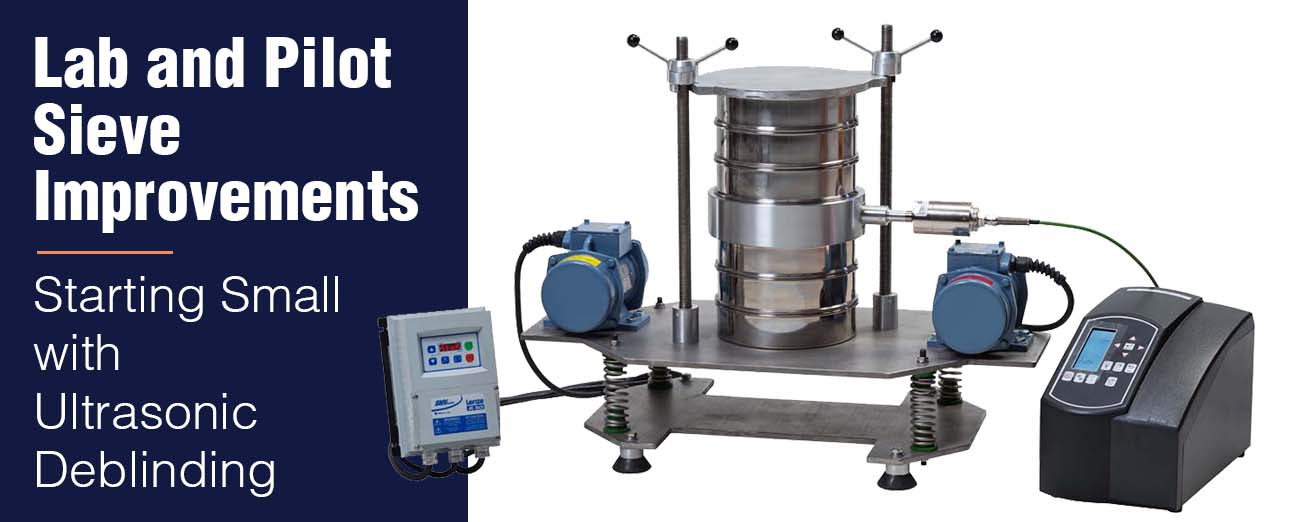Recently a customer inquired about purchasing a new lab test sieve shaker. His current laboratory sieve was an old, noisy, clunker of a test sieve shaker (I don’t think I need to name names…..). He was complaining of too many fines in the product – ground glass powder. While the customer seemed to think his lab shaker was operating properly, he was concerned the test results were not accurate. However, the end-user of his product was also complaining of too many fines in the product.
Fig 1: Old lab sieve shaker Fig 2: HK Lab Sieve Tower Shaker w/ Ultrasonics
While we offer a very nice, quiet, reliable test sieve shaker of our own, he was interested in a retrofit of his old shaker using our ultrasonic conversion package. Even though the ultrasonic conversion package is pricey. The customer was interested in receiving reliable results in his test sieving analysis. He felt his current sieve shaker was blinding or clogging the mesh openings very easily and thus gave very poor test sieve analysis. Although we can retrofit any style of vibratory screener, ultrasonic conversions or retrofits of lab models are extremely simple due to the standardized sieve frame sizes. The conversion involves simply installing our ultrasonic conversion ring between the test sieves and turning on the ultrasonic generator. The ultrasonic conversion ring transmits the ultrasonic vibration through the frame to the test sieves above and below the conversion ring.
I offered to perform a free “demo” of the Ultrasonic conversion system if he would send me a small sample of his product. The material was ground glass. The fines were very sharp and irregular in size – making sieving challenging. He requested 4 screen sizes – 100, 200, 325, and 400 mesh. I ran the first test across the sieves for 15 minutes without the ultrasonics running, collected the fines and overs, and labeled. I then applied ultrasonics to the second sample and repeated the test. I shipped his samples back and waited for his evaluation. The customer was very surprised that the sample run with the ultrasonics showed 20% fewer fines in his “good product” than the sample run without ultrasonics.
The customer purchased the ultrasonic lab conversion system, which made me and the customer happy. We then tackled his production screener. This is where the problem for his customer originated. A larger version of the laboratory ultrasonic conversion system was applied to his 36” diameter vibratory screener. By applying the same technology to the production screener we were able to solve the problem at its source.
If you can’t track down the root cause of producing an out-of-spec powder product, contact us for help. Sometimes starting small in a lab or pilot plant is a quick and effective solution.

Jeff Hochadel has over 25 years of experience building and selling vibratory screening equipment. Jeff is responsible for handling fine mesh screening applications for The Cleveland Vibrator Company. His expertise is utilizing our Ultrasonic Deblinding System to solve difficult screening problems. When Jeff is not visiting customers promoting our products you can most likely find him fly fishing.
Follow us:
Share this blog post:



2 Responses to Lab and Pilot Sieve Improvements: Starting Small with Ultrasonic Deblinding